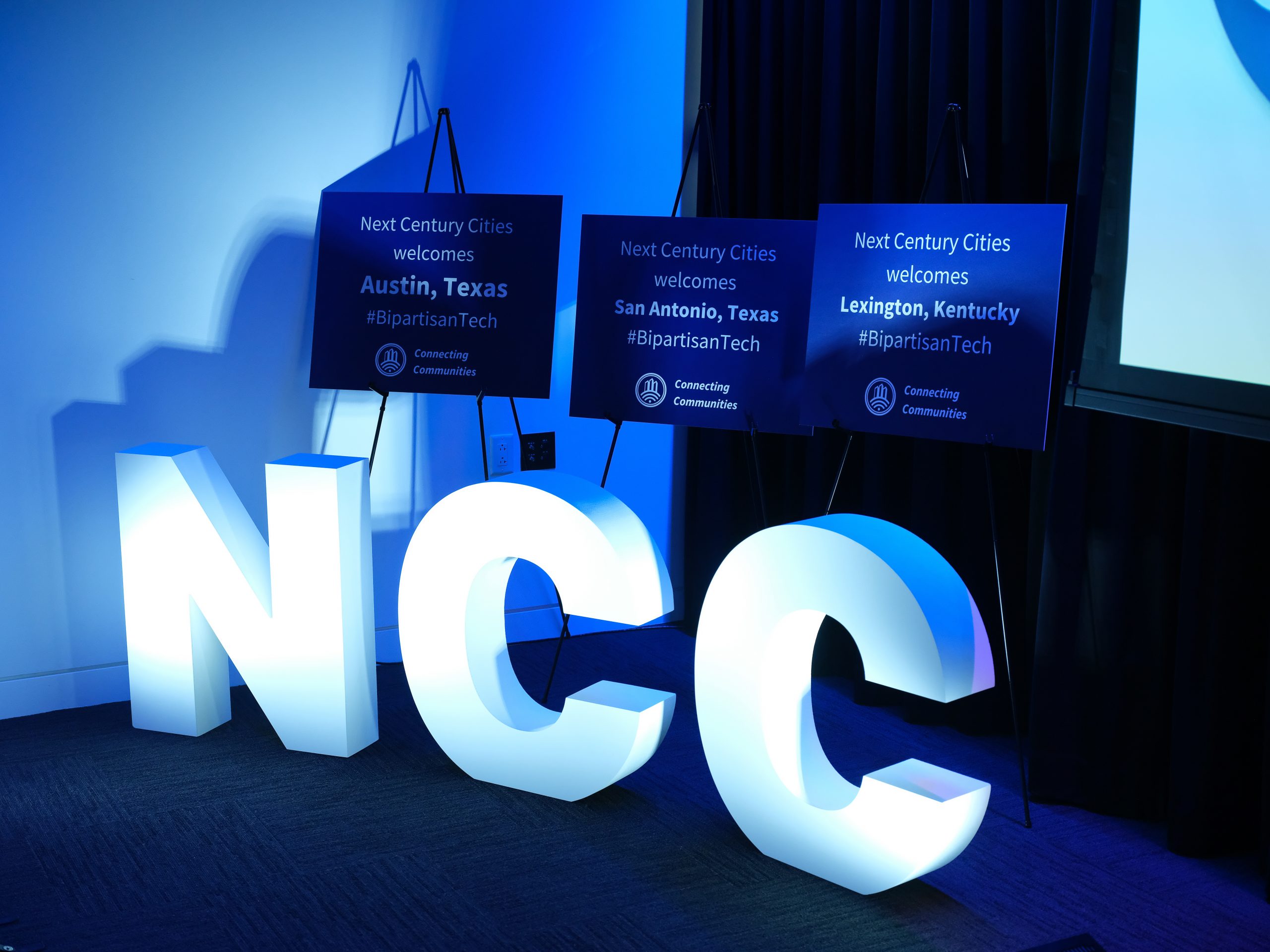By Corian Zacher

In 1958, the Cheyenne River Sioux Tribe purchased a telephone company, becoming the first network of its kind in the United States. Since then, eight other Tribes have purchased telecommunications companies. With unprecedented funding for broadband and the migration of financial, health, educational, and employment services online, more Tribes are leading efforts for better broadband in their communities.
Trusted community messengers are essential to helping drive enrollment. Although the Affordable Connectivity Program (ACP) offers a $75 a month discount on Tribal lands, researchers with the Benton Institute found that lack of awareness is the main reason eligible households don’t enroll.
In Native households, Tribes have a proven track record of building support for federal programs through a community-centered approach. For example, preserving Native culture and community was cited as the number one reason that many Tribal members got vaccinated during the COVID-19 pandemic despite considerable trust barriers. Internet access provides similar benefits. Still, 33% of reservation residents do not have broadband service at home and must rely on their smartphone for Internet. 18% have no Internet connectivity at all.
The Mississippi Band of Choctaw is pairing the Affordable Connectivity Program with high-speed broadband deployment. With funding available from the Tribal Broadband Connectivity Program, the Mississippi Band of Choctaw is connecting over 2,000 homes, representing six of eight tribal communities. As well as expanding access to high-quality infrastructure, residents who qualify for the ACP can apply their discount toward 650 Mbps service.
Chief Cyrus Ben highlighted, “With many school, business, and service operations now being conducted online, the need for broadband internet access is more important than ever. The funds from this Tribal Broadband Connectivity Program Grant Award will provide direct access to broadband inside homes and pave the way for the expansion of Wi-Fi, emergency services, tribal benefits access, and more. We will be making high-speed broadband service available where, in many cases, none currently exists.”
Better data could bolster success stories.
In 2019, the Havasupai Tribe made national headlines after an Oakland-based community broadband provider connected one of the most remote parts of the United States with wireless Internet. The most remarkable part of that story is not that it took years for a community located at the base of the Grand Canyon to get basic Internet service, but that outdated policy, rather than a lack of funding or technical capability, was responsible for the delay.
More funding than ever is available for connecting residents on Tribal lands, including through the National Telecommunications and Information Administration’s (NTIA) Tribal Broadband Connectivity Program (TBCP). To date, NTIA has awarded almost $2 billion in funding to over 166 projects across the US, with $1 billion in TBCP left to distribute. In the first period of the TBCP, requests far outsized available funding, with $5.9 billion applications for $980 million available, largely for broadband infrastructure deployment projects.
The Government Accountability Office (GAO) reviewed the TBCP and found that while NTIA targets connecting 200,000 with reliable, affordable broadband, the agency has not defined reliable or affordable. Clear and quantifiable data could help applicants and federal policymakers alike assess progress and address broadband gaps that remain after funding runs out.
As Tribes leverage community relationships and established trust to connect some of the most difficult-to-serve parts of the country with broadband, it is imperative that federal policymakers collect the data and community impact stories needed to show how funding is used and what needs remain.
Additional Resources:

